In the book “Kindling,” the fictional town of Chaldea, Maine, is terrorized as a 15-year-old boy burns his high school to the ground and then goes on a fire-setting spree through the town, attempting to destroy the nearby junior high school, homes and a business.
The story is fiction, but it’s a reality that many Madison residents know all too well.
In October 1986, Madison High School was destroyed in an early morning fire that tore through the landmark school, destroying classrooms, collections of books and band instruments and displacing more than 400 students.
Two weeks later, an attempt was made to burn Carrabec High School in Anson, where Madison students were sent in the aftermath of their own school’s destruction.
In the following weeks, attempts were made to burn Madison Junior High School, including one that resulted in the destruction of the principal’s office.
And on a cold Monday night in December, three homes and a dairy business on Jones Street were set on fire. The dairy was leveled, and one of the homes was no longer inhabitable.
Town residents were on edge, forming a neighborhood watch and sitting up nights wondering if they were next.
“It was very unnerving, especially when homes started to burn,” said John Krasnavage, principal of Madison Junior High School at the time and now a member of the Madison school board. “People didn’t know who it was, and all of a sudden homes would go up (in flames). I think it’s one of the most traumatic things Madison has ever seen.”
Weeks went by with no one charged.
Then, in December, shortly after the fires on Jones Street, investigators linked evidence at the Carrabec scene to fingerprints left at Madison Junior High and footprints in the snow that tracked back to the home of 15-year-old Toby Thibeault. Thibeault lived on Jones Street, and his house was one of those burned the night of Dec. 1.
Thibeault was convicted in April 1987 on charges of arson and attempted arson and was sentenced to three years in the Maine Youth Center in South Portland followed by two years of probation — the maximum penalty allowed for a juvenile at the time.
The fires — which were 30 years ago this fall — would be a distant memory for many residents of Madison if not for the recent release of “Kindling,” a novel by former Madison High School English teacher David Cappella.
The book, self-published by Cappella and released in January, follows 15-year-old Zeke Titcomb through his incarceration at the youth center with flashbacks to fires that Titcomb set in Chaldea — a western Maine mill town where the school colors, like Madison’s, are blue and white and the local newspaper is the Sentinel.
In a phone interview last week, Ercell Thibeault, Toby Thibeault’s father, said his son, who runs a machinery business with him in Tennessee, has stayed out of trouble since the family left Maine several years ago. He said they hadn’t heard a book based on the fires had been published.
Thibeault said Toby, who has a son of his own, wouldn’t want to comment on the fires.
“I don’t believe he did it,” Ercell Thibeault said. “He’s never said he did or didn’t do it, and I don’t ask the question. I didn’t believe it then, and I don’t believe it now. It’s all behind us.”
INTO THE FIRE
Cappella is a poet and professor at Central Connecticut State University. At a book reading Thursday at Madison Junior High School, built since the fires on the site of the old Madison High School, Cappella stressed that his book is fiction. While he knew who Toby Thibeault was, he didn’t have the teenager as a student.
But the book’s subject has brought back memories for many residents. Some who attended the reading said it is eerily true to the actual events.
“That all happened,” said Julie Forbus, a Madison librarian and member of the Madison High School class of 1985. “I think there’s a real difference among people who lived through this and have read the book and those that didn’t. For those of us that lived through it, the fires were one of those before and after moments in people’s lives.
“I’d say (the book) is pretty accurate,” said Forbus, who was in her freshman year at Colby College in Waterville, commuting from Madison when the high school burned.
She was scheduled to take a French test the day of the fire, but skipped it.
“When your school burns down, that’s a day you don’t go to class,” she said.
At the book reading, which was part of the Madison-Anson Days celebration, held Thursday to Saturday, Ross Turcotte, a former student of Cappella’s, said he said he feels the book is “99 percent” true to events.
“Everything was just spot on,” said Turcotte, 50, who worked at Madison Paper Industries before it closed in May. “I don’t read a lot of books, but I just had to pick this up. I could relate to it, too.”
In the early morning of Oct.14, 1986, fire tore through the high school, causing a minor explosion, canceling classes for the rest of the week and leaving the school’s 420 students stranded.
Krasnavage, the junior high principal at the time, got a phone call in the middle of the night telling him that the school next door to his was on fire. The old junior high building, which survived two subsequent attempts at a fire, has since been demolished and replaced by a playground. The new junior high is on the site where the shell of Madison High School was torn down after the fire.
“I remember seeing the high school was totally engulfed in flames,” Krasnavage said last week. “There was fire coming out everywhere. You couldn’t really get close to anything because the heat was just tremendous.
“It was really something because there was a big trophy case in the auditorium with all kinds of old trophies and mementos from Madison and Skowhegan games from, you know, the very first one, pieces of goal posts, that kind of thing. All of that history was lost,” he said.
Al Veneziano, a long-time science teacher at Madison Junior High and current chairman of the Madison Board of Selectmen, was in his first semester teaching at the school when he learned about the fire.
“I remember being called and told it was happening in the early morning hours,” Veneziano said in a telephone interview. “Obviously when something like that is happening in a small town, you kind of run to it.”
Chris LeBlanc, the high school’s current athletic director, was a freshman in the fall of 1986.
“All of a sudden it was, ‘Where are we going to go to school?'” said LeBlanc, 44. “What are we going to do? That type of thing. Even as a kid, I think that was more of my thought process as opposed to, ‘Hey, we have a fire. Hooray! We don’t have to go to school.’ I don’t think that was in my thoughts.”
Fire departments from Madison, Anson, North Anson, East Madison and Starks all rushed to the scene.
The fire was reported to have included an explosion that knocked a school janitor 40 feet when the school’s library windows blew out, according to stories in the Morning Sentinel at the time.
Firefighters saved the school’s gymnasium, which is part of Madison Junior High today, but the rest of the building was destroyed.
The school lost its library collection — about 7,500 books — as well as practically all of the band instruments, prompting pleas for donations published in the Sentinel.
Construction had already started that fall on the new high school at 205 Main St., and in the meantime the district worked out a special agreement with the neighboring school district in Anson to send their students to Carrabec High School for the remainder of the school year.
A ‘PRIME SUSPECT’
By late November, there was no suspect in the fire or the attempted one at Carrabec High School when there was a second fire, this time at Madison Junior High School. It damaged the principal and secretary’s office and caused smoke and water damage to other areas.
Then, on Dec.1, three homes on Jones Street — including Thibeault’s — and a storage building used for a milk-distributing business were set ablaze.
All the homes were damaged — the Thibeaults’ sustained the worse, according to the Sentinel’s coverage — and the dairy was destroyed.
Fire and police personnel stepped up neighborhood patrols and residents formed a watch group.
“I remember everything,” said Ellen Parker this week in a telephone interview. Her home was one of the ones set on fire. “When you almost lose your house and your son, you don’t forget it.”
Parker, who still lives in the same house, described the scene on Dec.1, 1986, as a war zone. She had been planning on going out, but in a last-minute change of plans stayed home to do crafts with a friend. She thinks the decision saved the life of her 16-year-old son, Chris, who was home but had headphones on and probably wouldn’t have heard the smoke detectors, she said.
Other houses on the street were already burning.
“The fire department didn’t believe we were on fire,” Parker said. “They were so concentrated on these other two buildings (down the street) that you couldn’t see past all the flames.”
Louis Fourcaudot’s home on Jones Street wasn’t one of those that burned, but he said Thursday that he remained on edge throughout the days that followed and helped start a neighborhood watch to patrol the streets at night.
“You wouldn’t sleep real soundly,” said Fourcaudot, 59. “I would sleep downstairs, and anytime you’d hear anything outside, you’d get up and you’d look.”
Fourcaudot is pictured in a photo in the Morning Sentinel, holding his 6-year-old son, Marcel, in one arm and a shotgun in the other. He told the Sentinel he slept on the couch armed with a shotgun and a fire extinguisher.
He asked Ercell Thibeault if he and Toby wanted to be in the watch group. Thibeault said they didn’t.
David Crook, the Somerset County district attorney, said in mid-December 1986 that Thibeault was a prime suspect in a total of 10 fires, but no charges were brought for most of them.
Crook, who is retired, said in a telephone interview Friday that the judge who oversaw the juvenile hearing to resolve Thibeault’s case did not allow the state to use a pattern in the way the fires were set as evidence that they were connected.
The state had strong evidence for the two fires that Thibeault was ultimately convicted of being responsible for — the arson at the junior high and attempted arson at Carrabec — based on fingerprints and footprints found around the junior high and a matching footprint that was found in the urinal of the boy’s bathroom at Carrabec, where Thibeault had stepped in order to put two bottles full of gasoline above the ceiling tiles for use as an accelerant.
Crook couldn’t remember the details of why charges weren’t brought in the Madison High School fire, but said it “did not matter, because he was obviously a sick kid and the punishment could not have been increased.” A New York Times story at the time said that Crook directed the Madison Police Department to close its investigation of the other fires upon Thibeault’s conviction.
Krasnavage said there was too much damage to the high school for any evidence to be recovered.
Thibeault was also charged with burglary for break-ins Oct. 27 and 30 at the dairy that later burned, according to a Sentinel story at the time. He was apparently never prosecuted on those charges.
Thibeault’s parents testified in the four-day trial that their son was in bed asleep when they went to bed on the night of the junior high school fire and he was there when they awoke the next morning, according to the New York Times.
Thibeault was found guilty April 3, 1987, and sentenced to confinement at the Maine Youth Center in South Portland until he turned 18 and to probation until the age of 21 — the maximum sentence for a juvenile. Crook said he served the entire sentence and was only arrested once that he knew of after that for a burglary in Vassalboro.
Authorities estimated the fires did more than $2 million in damage, according to a New York Times story.
‘IT’S A HORROR’
The fires were the subject of widespread interest at the time and generated several stories in the New York Times describing the nightly police patrols, the rarity of such a crime in a small Maine town and an atmosphere that one church administrator likened to terrorism.
Part of the aim of “Kindling,” Cappella said, is to explore the psychology of pyromania, which he said is rooted in psychosexual desire. The other aim of the book is to show the effects that a traumatic event can have on a small town.
“It’s a horror,” he said. “People in small towns have integrity. They survive. But it’s a scar and a wound they have to live with, and often times they keep it to themselves.”
Cappella said he got the idea for the book in 2008, honing in on the voice of 15-year-old Zeke Titcomb. The introduction to “Kindling” says Zeke was bullied at school, didn’t have real friends and was stifled by an overbearing father.
The book opens with the line “I like flames.”
A psychologist interviewed by the Morning Sentinel said whoever was setting the fires was on “a real power trip.”
“If there’s a burglary, the police are going to show up,” said David Staples of Kennebec Valley Mental Health Center in the Dec. 7, 1986, Sentinel. “But if there’s a fire, everyone comes … Dramatic things happen.” He also said the arsonist was probably an extremely angry person who felt misused by society rather than a “chronically mentally ill person who sees things and hears voices.”
He said arsonists he’d treated had in common that they were angry over perceived mistreatment at the hands of family or society. “They feel they’re not getting from life what they deserve,” he said. He said that the arsonist likely didn’t consider the destruction he would cause, but was more focused on the power of the act, that people underestimate “how crazy we can get, how unbelievably self-centered we can be.”
Ken Quirion, who investigated the fires for the state fire marshal’s office, said there are different reasons for arson, but that with Thibeault he felt there were issues going on, probably at home, for him to cause that much damage.
For instance, evidence that Thibeault allegedly set his own house on fire led Quirion to believe it was set in anger. Thibeault, who was home alone, told firefighters that night he had just finished eating dinner when the blaze started. Quirion said that when he studied the damage to the house, he found a barely touched upside down TV dinner on the floor.
“I think there was something going on and he was home alone again,” Quirion said. “I think he threw the dinner down and just up and burned his own house. I think there was a lot of anger. I don’t know if anybody ever addressed that.”
Krasnavage said that while no one was ever charged in the high school fire, most residents in Madison “were pretty well convinced the fires were all connected.”
Like others, he said he isn’t sure what prompted Thibeault to try to set the junior high and Carrabec High School on fire and possibly set other fires. Over the years there has been no shortage of speculation, though ultimately many of Thibeault’s teachers and neighbors said they were puzzled.
“He was a good kid,” Fourcaudot recalled. “He helped me do work around the house one day. He wasn’t a bad kid at all, other than that he liked to light fires.”
“I had him in class and you wouldn’t expect him to do something like that,” said Norman Dean, a former town manager and high school science teacher. “I didn’t know he was that mixed up.”
Quirion said he was on a late-night watch in a marked police car outside the boy’s home one night after Thibeault had been identified as a suspect in some of the fires and Thibeault brought him coffee and doughnuts.
Crook said he thinks the fires were the result of “psychological issues,” and that Thibeault was seeking attention from his parents.
“If you were to look at him in terms of his school performance … the opinion people held of him at that time, he was a most unlikely candidate,” Crook said. “But as the evidence mounted, it was like one piece of evidence was a string and when you put all the strings together it becomes a very strong rope.”
Rachel Ohm — 612-2368
Twitter: @rachel_ohm
Copy the Story LinkSend questions/comments to the editors.


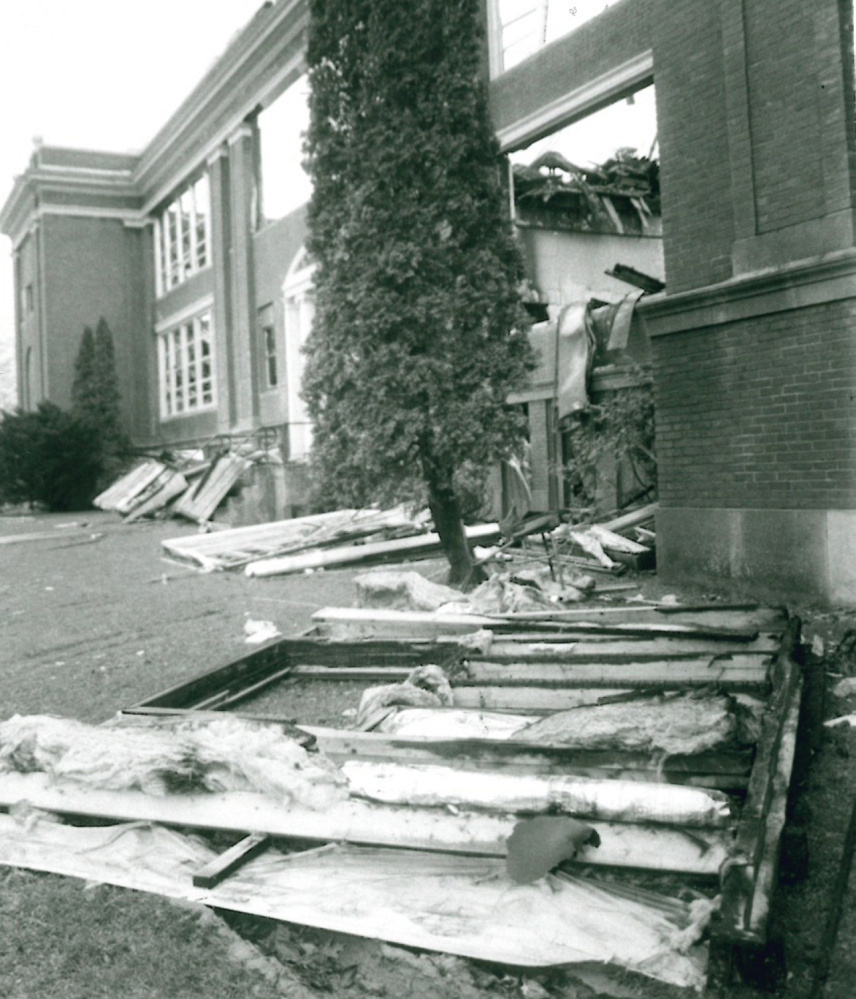
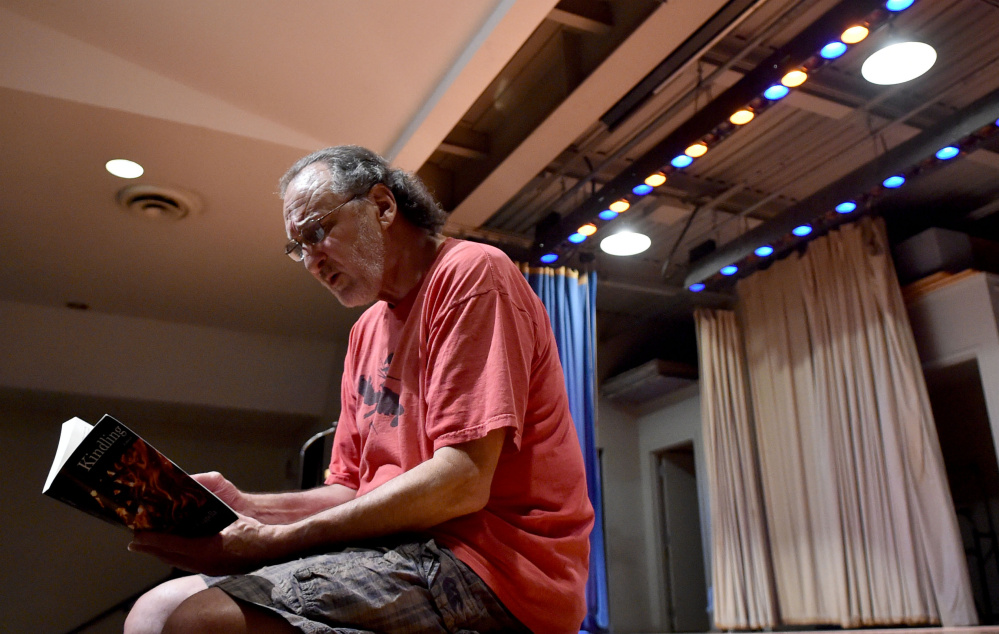
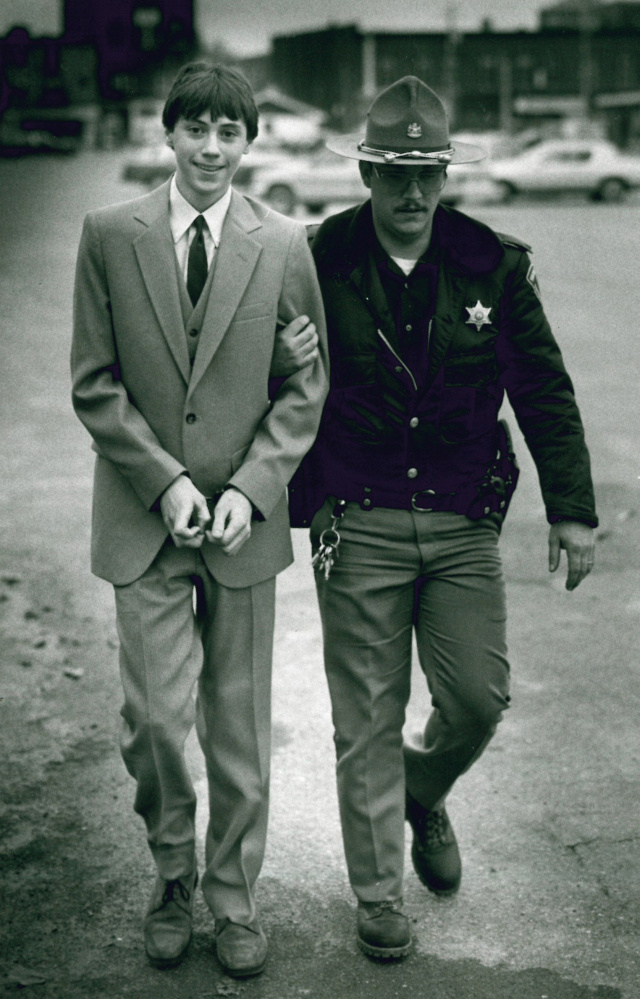
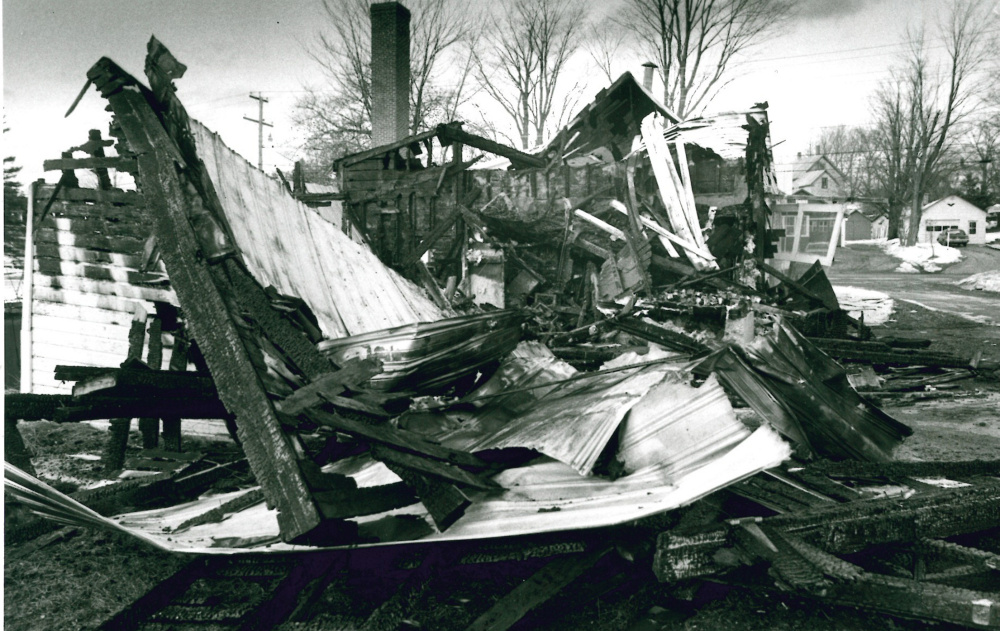
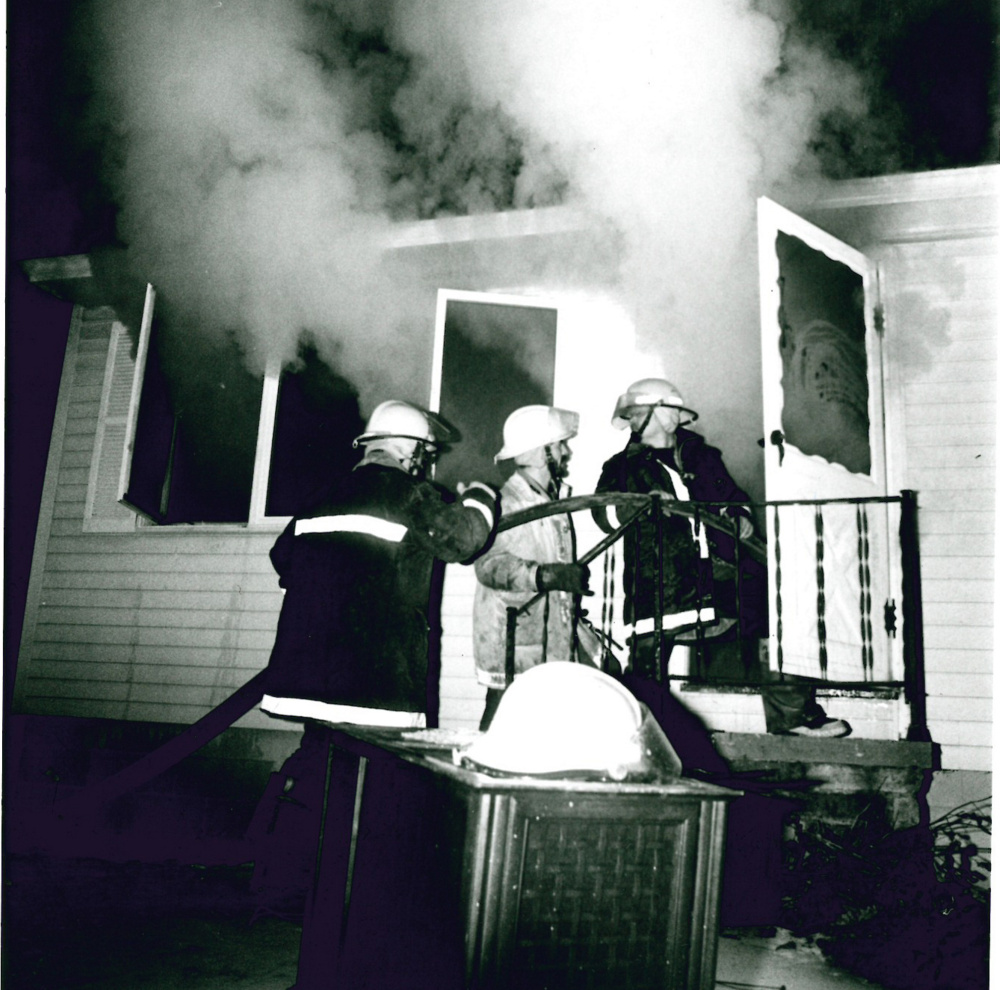
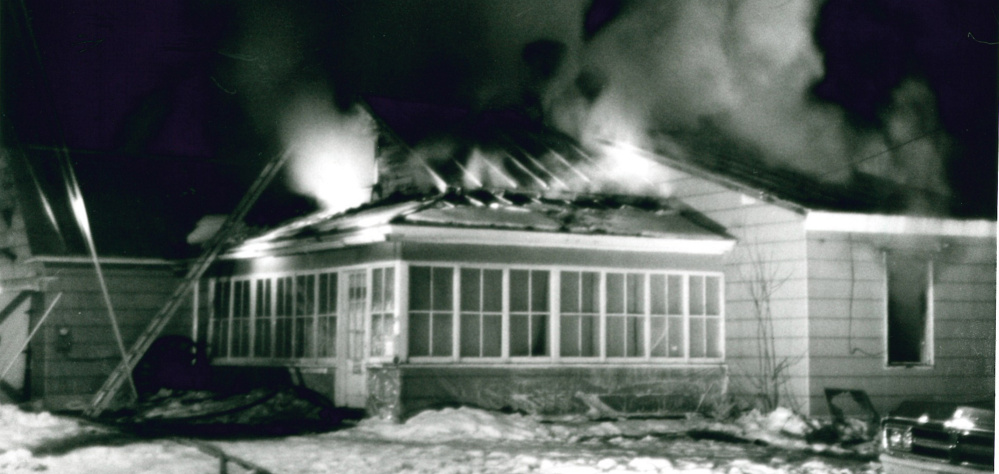
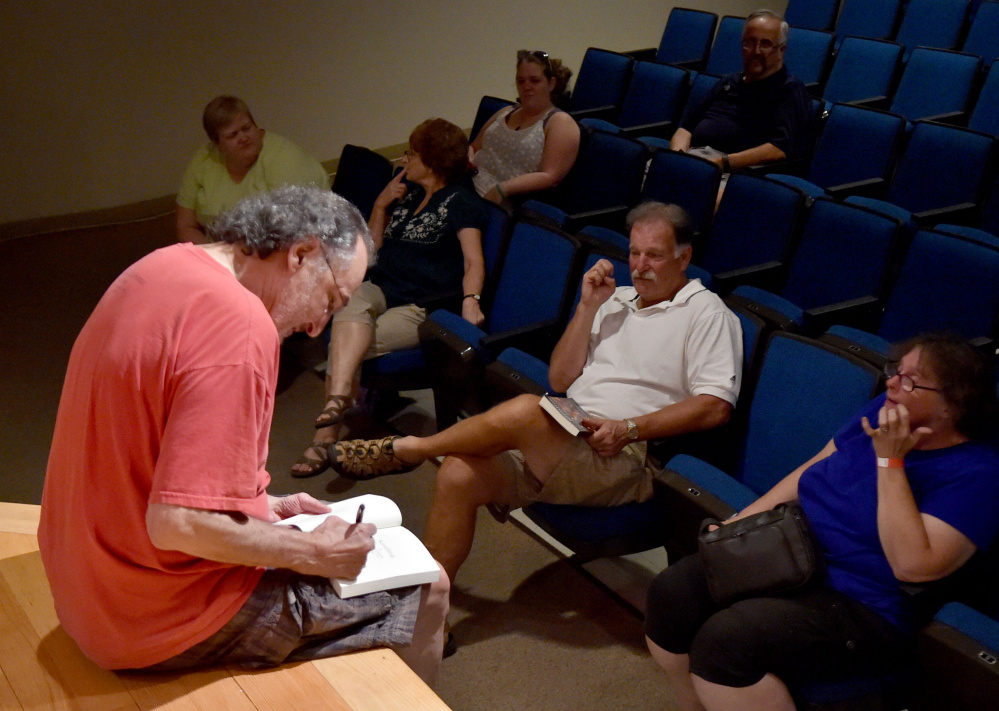

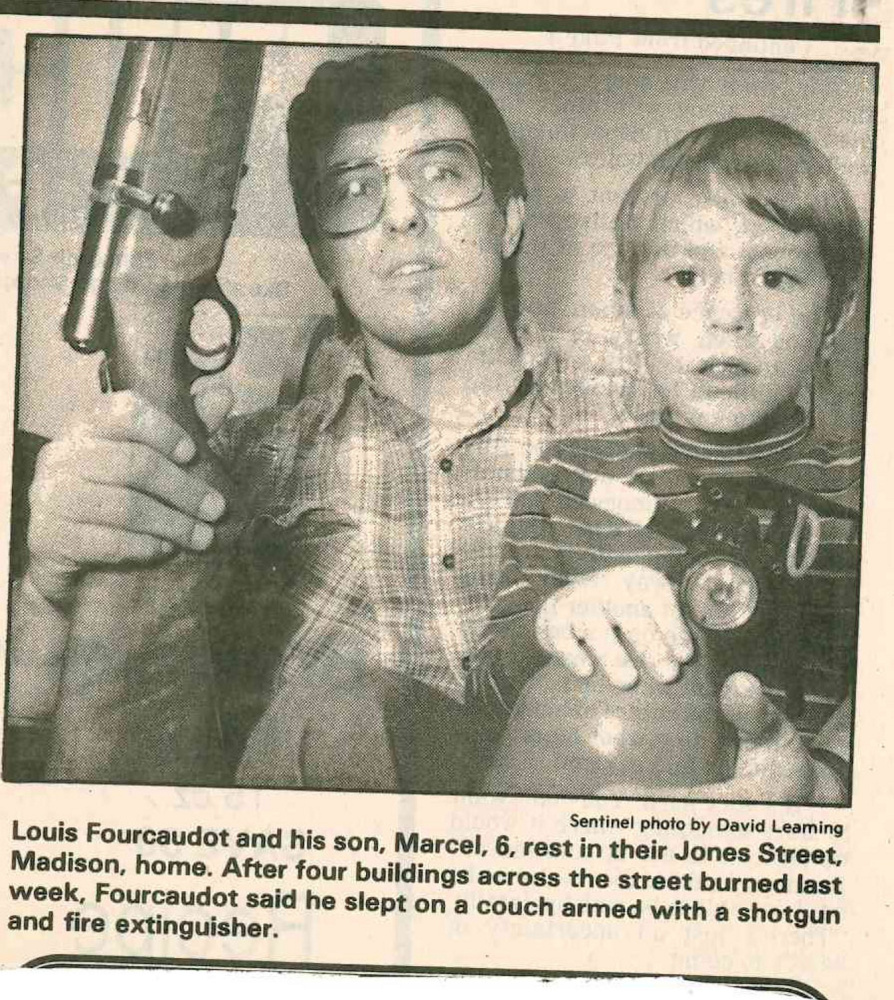

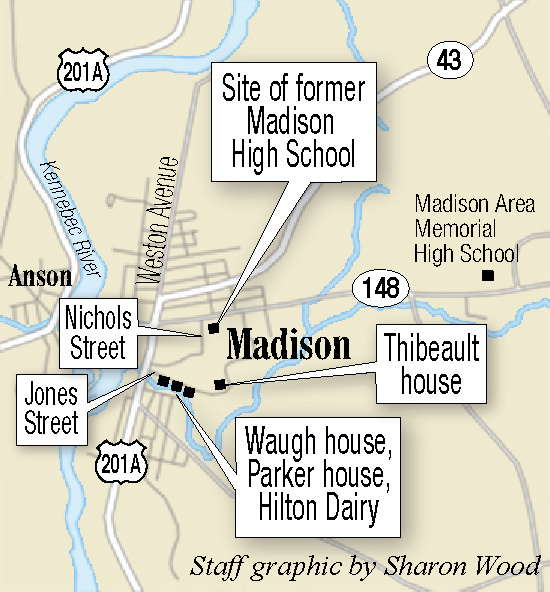

Success. Please wait for the page to reload. If the page does not reload within 5 seconds, please refresh the page.
Enter your email and password to access comments.
Hi, to comment on stories you must . This profile is in addition to your subscription and website login.
Already have a commenting profile? .
Invalid username/password.
Please check your email to confirm and complete your registration.
Only subscribers are eligible to post comments. Please subscribe or login first for digital access. Here’s why.
Use the form below to reset your password. When you've submitted your account email, we will send an email with a reset code.